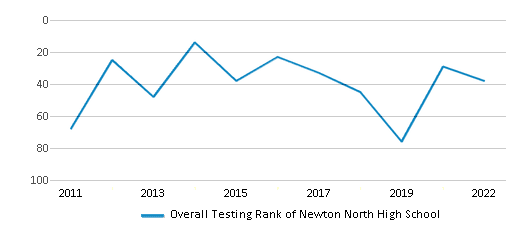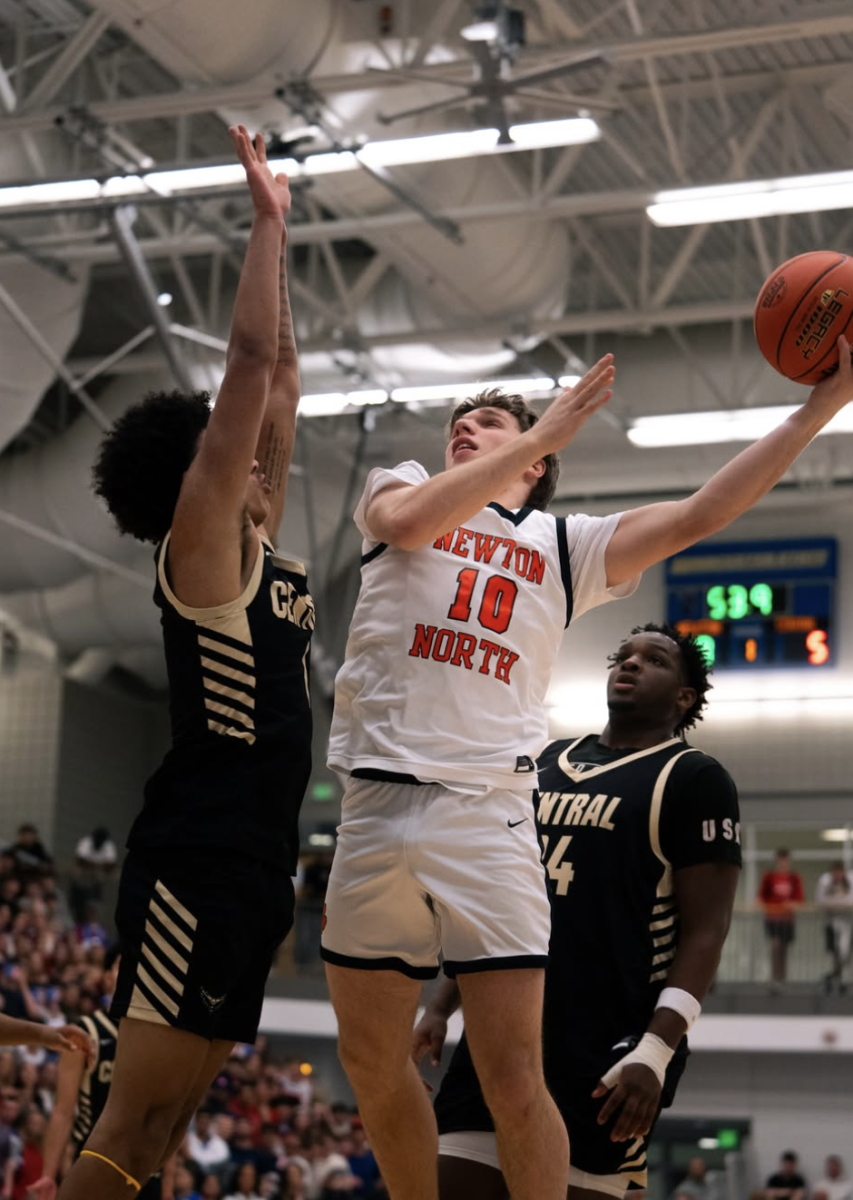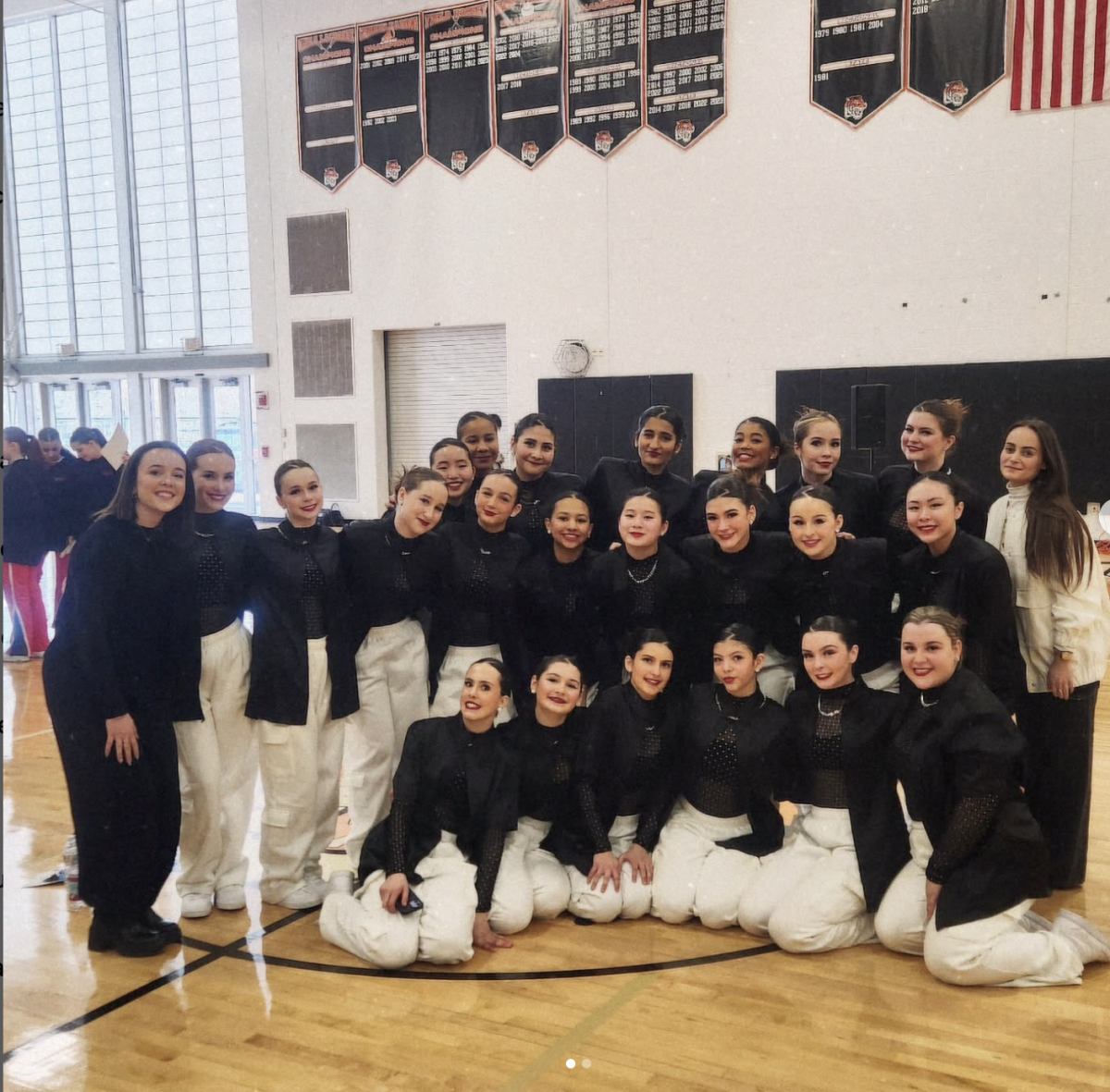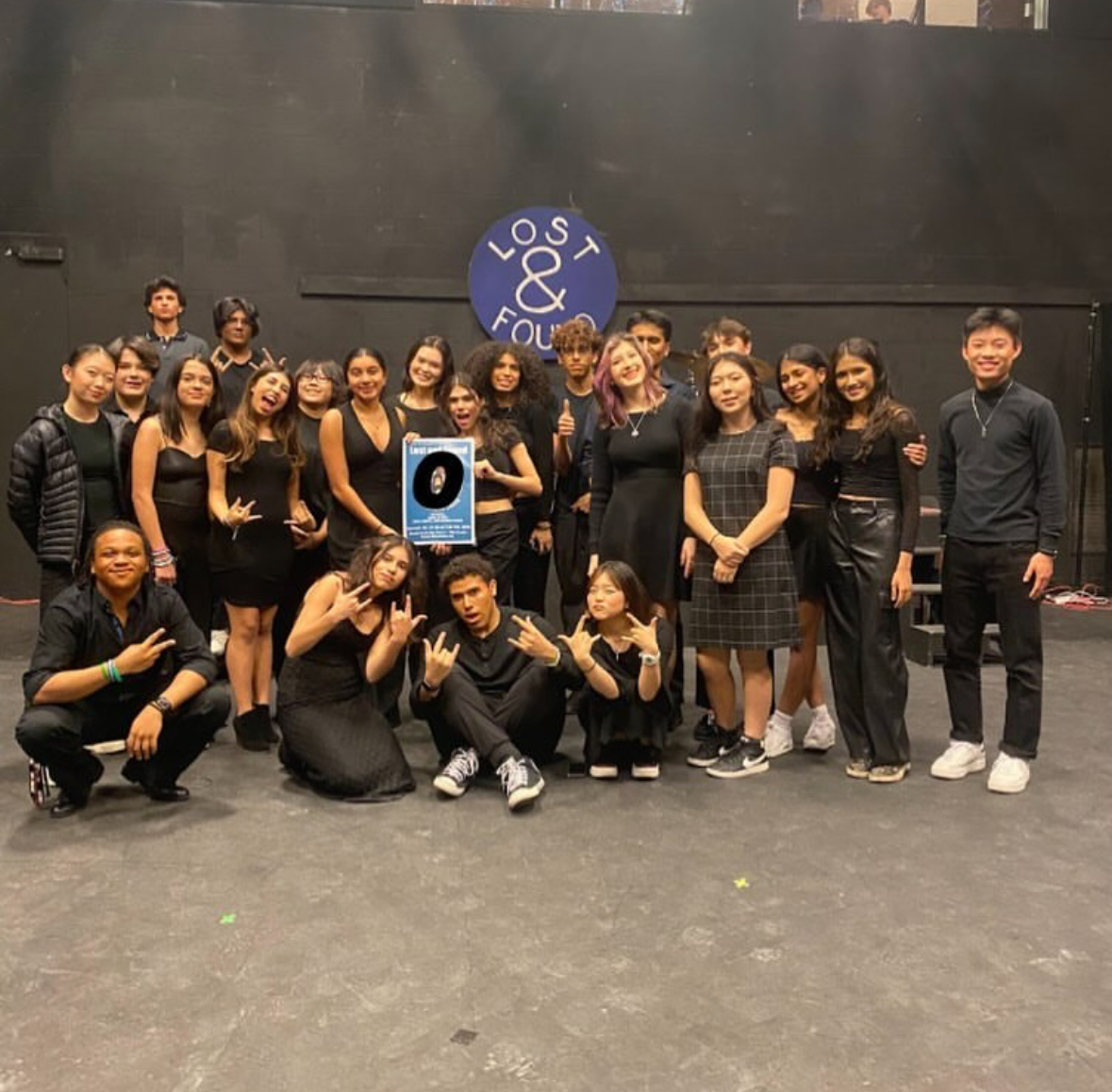
Light shimmers across the iridescent scales of a rainbow boa constrictor as it slithers across the cypress bark mulch at the floor of its tank, its body thin but powerful.
Although some would be frightened to see the shiny pattern of the snake’s skin, sophomore Cameron Hunt knows there is nothing to fear. Nicknamed “BRB,” the rainbow boa constrictor is Hunt’s latest addition to his snake collection.
Currently, in addition to BRB, Hunt has three ball pythons, although he has had as many as seven snakes at one time in the past.
“I’m interested in animals scientifically because I want to become a veterinarian of herpetology, which is a vet that deals with small amphibians and reptiles,” said Hunt, who has been collecting snakes for about seven years.
His passion for snakes began on a much smaller scale: when he was young, he and his father found and took care of smaller garter snakes in his backyard.
“My dad was out blowing leaves when we found the first one,” said Hunt. “It was really small, and we kept it for a few days, feeding it worms. A little bit later, we found one that we kept in a 20 gallon tank.”
“I didn’t have names for them because I didn’t want to become attached since I had to release them back later,” he said. “We only kept those for a few days, but the ones I have now are from Africa, so I of course do not release them anymore.”
After a little while collecting smaller snakes, Hunt began attending reptile shows to purchase snakes. He attends a few expos a year. While at reptile expos, Hunt is able to view hundreds of snakes and choose a few to purchase.
“Whenever I buy one I always hold it and make sure that it’s okay so that I don’t buy one that is aggresive or nippy,” he said.
Holding the snakes before purchasing them has proven useful, considering that he has never been bitten by a snake, according to Hunt.
“If snakes get unaccustomed to people, then they might be afraid when people hold them, which could cause them to bite, but that has never happened to me,” he said.
With one of Hunt’s ball pythons exceeding five feet in length, many people might also fear the snakes’ ability to wind around someone and crush them––an action from which the “constrictor” gets its name.
Hunt said that although strangulation is a potential issue, he offsets this danger by never draping the snakes around his neck.
“If it was ever wrapping, I would be fine,” he said. “It starts to get dangerous when you see people with a boa constrictor that is around 10 feet. Then you need a person there to help you.”
People also inaccurately assume that all snakes are venomous and that snakes are likely to hurt their owners, said Hunt.
“Usually the only time people have accidents is during a feeding. When you reach in, they might think you are food,” said Hunt, who feeds the snakes frozen mice and rats.
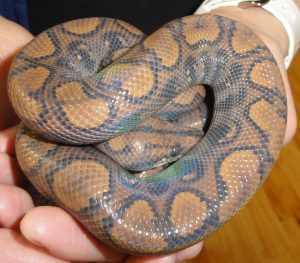
According to Hunt, he only needs to feed his snakes once a week, making snakes a very easy pet to take care of.
“The good thing about snakes is that they really don’t take that much maintenance,” he said. “Some of mine get really finicky about eating and have gone for four months without food.”
Traits like being finicky can be an element of a snake’s personality. “Each snake has different behaviors and a unique personality,” said Hunt. “However, I would never say that they like me in the way that a dog does,” he said. “They are tolerating you at most.”
Despite this, he believes it is important to maintain a personal connection with the snakes, according to Hunt. “I think when you have a ton of snakes a lot of people do not view them as individuals any more, but I still do,” he said.
“They definitely have distinct personalities. A lot of people talk about how it depends on what the parents were like or how they were brought up,” said Hunt.
One of the only inconvenient elements of caring for snakes is the size the tanks take up, said Hunt. “Since we keep them in my living room, we have to move them every Christmas to put up our Christmas tree.”
The Brazilian rainbow boa constrictor is currently the youngest and has to be in a separate tank because the humidity has to be kept high, Hunt said.
Despite potential downsides like the amount of space taken up, Hunt’s mother Nancy Hunt pointed out benefits of taking care of snakes.
“He is able to observe their growth and behavior,” she said. “He has the opportunity to see how their development aligns with what his expectations were from doing his research.”
This scientific benefit is particularly important considering Cameron Hunt’s desire to become a veterinarian of herpetology.
In addition to Cameron Hunt’s four snakes, he currently has two tortoises, three water turtles, an African clawed frog and tropical fresh water fish. This summer, the Hunt family bought a Cardigan Welsh Corgi, which is her favorite of Cameron’s pets, Nancy Hunt said.
“Cameron has been interested in all types of animals, including reptiles since he was very young,” said Nancy Hunt. “Even though I personally am not a big fan of snakes, I was never concerned about Cameron’s safety as he does quite a bit of research before purchasing any of his pets.
“He prepares extensively for the proper habitat, diet and general caregiving requirements,” she said. “I know he takes it very seriously.”
According to Cameron Hunt, in the end, both from a scientific point of view and from that of the average pet-owner, snakes are very interesting animals to care for.
“They make great pets,” he said.
Categories:
Semester I Special: To study herpetology, Cameron Hunt raises snakes
January 18, 2013
1
Donate to The Newtonite
More to Discover




